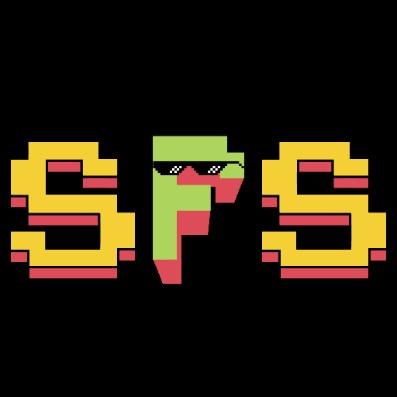SuperFunSocial
Social gaming app on Farcaster where users can earn crypto rewards for creating humorous content and playing games.
Created on 29th June 2024
•
SuperFunSocial
Social gaming app on Farcaster where users can earn crypto rewards for creating humorous content and playing games.
The problem SuperFunSocial solves
Super Fun Social addresses a significant issue in the current social media landscape: the lack of direct monetary compensation for content creators, particularly those producing humorous content. Traditionally, creators on centralized platforms rely heavily on brand deals for earnings, as these platforms offer limited direct monetization opportunities. Most creators receive non-monetary rewards like "Likes" and reputation boosts, which do not equate to tangible economic benefits.
Our platform revolutionizes this by integrating blockchain technology, allowing creators to earn directly from their content. Through features like Fun Feed and Contest, creators can post their content and participate in community-driven competitions where they can win prizes based on user engagement and votes. This system not only enhances transparency but also ensures that the rewards are distributed fairly and directly to the creators.
Additionally, our use of Fun Pass NFTs offers another avenue for monetization. These NFTs can be used to access special features and games, providing an exclusive experience for holders and creating a potential revenue stream for creators who can design and sell these passes.
By decentralizing the value distribution in social media, Super Fun Social ensures that creators are compensated for the entertainment value they provide, moving beyond mere "Likes" to actual earnings. This approach not only motivates high-quality content production but also fosters a more vibrant and financially rewarding community ecosystem.
Challenges we ran into
During game development, we faced several challenges:
Tech Stack: Selecting the appropriate technology stack was crucial. While commercial engines like Unity and Unreal are popular, they require specific languages like C# for Unity. We also needed compatibility with the Telegram Mini App (TMA) platform, which runs HTML5. To ensure seamless integration and maintain control, we opted for Phaser, a JavaScript library. Phaser's flexibility and open-source nature allowed us to be confident in our game functioning correctly on TMA.
State Management Complexity: Our PvP game involves players navigating through various states during the game lifecycle. Integrating new features complicated the state management as each feature could alter or introduce new states. Managing these combinations and ensuring the game functioned correctly across different states became increasingly complex.
Authoritative Server Architecture: To prevent cheating and secure gameplay, especially since our game involves currency, we implemented an authoritative server architecture. We split the game into client-side and server-side code. The server-side validates actions and handles most game logic, while the client-side focuses on rendering and input. Adapting game logic for server compatibility, especially when primary libraries were unsupported server-side, required writing new logic in JavaScript and establishing a communication protocol between the client and server.
Multiplayer Integration: Initially designed as a single-player game, adding multiplayer functionality presented challenges. Processes depended on the completion of previous ones, requiring a lobby system for players to wait for others to join. We adopted an event-driven architecture with sockets for real-time communication, which helped manage multiplayer interactions effectively.
Tracks Applied (1)
Social Track
SOCIAL with Farcaster
Cheer Project
Cheering for a project means supporting a project you like with as little as 0.0025 ETH. Right now, you can Cheer using ETH on Arbitrum, Optimism and Base.
